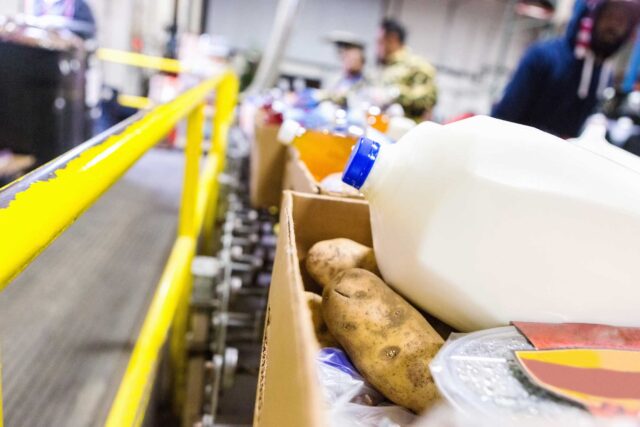More than two in three Californians believe that the gap between rich and poor has been getting larger in their part of the state, and our work on income inequality shows that the data agree. The gap between top (90th percentile) and low incomes (10th percentile) has widened substantially over the past four decades, exacerbated by recessions—growing from 7-to-1 in 1980 to a modern high of 12-to-1 in 2010. The pandemic recession also increased inequality of incomes in 2020 but federal stimulus payments—which supplemented the incomes of many California families—substantially reduced it.
To say the least, 2020 was a difficult year. The onset of the COVID-19 crisis had the swift, mechanical effect of reversing recent gains for lower-income families. In 2019, income inequality had shrunk to levels last seen in 2006, before the Great Recession. Low incomes rose to $26,300 in 2019, their highest level since at least 1980. Top incomes were also at their highest level—$261,000—but growth was more substantial at the low end of the spectrum.
The pandemic-induced shutdown had an immediate impact on the labor market. The unemployment rate averaged 10.3% in 2020, more than double the rate in 2019. From 2019 to 2020, lower incomes fell more (5%) than middle incomes (1.8% decline at the median), and top incomes actually increased (4%).
While incomes for many suffered as a result of the pandemic labor market effects, unprecedented government intervention averted poverty for many. How did this intervention affect incomes across the distribution? We use Current Population Survey (CPS) data to estimate the impact of unemployment insurance payments and federal stimulus payments on the income distribution.
Unemployment insurance (UI) benefits reached an estimated 7.8 million Californians in the first year of the pandemic, injecting over $100 billion statewide (from state and federal programs and expansions combined). UI benefit receipt is underreported in CPS data; our estimates suggest that this data captured only about one-third of all benefits paid in 2020. Even so, the data shows that UI substantially supported incomes: low incomes would have fallen 15% without them, but instead fell by 5% from 2019 to 2020; at the median, income would have fallen 5% but instead fell by 2%. Lower-middle (20th percentile) and upper-middle (80th percentile) incomes show no change between 2019 and 2020 when UI is accounted for; without UI, both would have fallen.
The federal government issued three rounds of stimulus payments during the pandemic; the first two, issued in spring 2020 and December 2020/January 2021, are included in the income data used in this post. These payments—totaling roughly $47 billion in California—reached a wide range of families. Stimulus payments accounted for a 14% increase in the 10th percentile of income between 2019 and 2020, and a similar increase for the 20th percentile (relative to income that includes UI). These payments also provided a small boost to median and even upper-middle incomes.
In short, UI and stimulus payments substantially reduced inequality by lifting low incomes and only minimally changing top incomes. There are valid questions about these programs – for instance, whether they raised inflation pressure or failed to reach key populations—and it was challenging to deliver aid quickly while also preventing fraud (which plagued the federal Pandemic Unemployment Assistance program). Yet together, stimulus and UI in 2020 reduced the gap between high and low incomes by 26%, taking California back to inequality levels last seen in 1987.
Income support continued into 2021, with a third round of federal stimulus as well as California’s Golden State stimulus and advance Child Tax Credit payments. Also, housing and nutrition assistance was especially helpful to families with lower incomes. However, banking data suggests that although household savings rose as a result of pandemic supports, by fall 2021 checking account balances for lower-income households had largely returned to pre-Covid levels. This means that most families are back to relying on core sources of income, largely from earnings (and, for older families, from retirement income).
Fortunately, California’s jobs recovery has been strong, and wage gains have been notable as employers seek to hire in a tight labor market. Inflation over the past year means that earnings increases will need to be even higher if families are to make meaningful progress. The broad-based refund recently passed by the state legislature will help many families (but may also spur inflation). Significant and long-lasting progress will hinge on addressing the root causes of the polarized labor market and lowering fundamental barriers to economic mobility.







